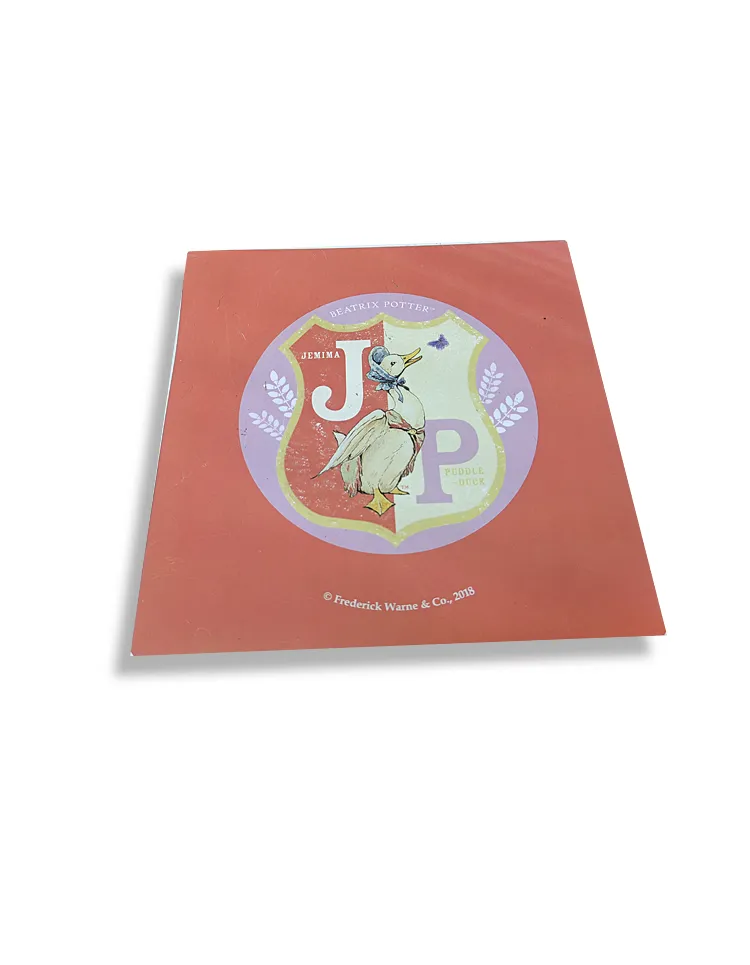Tinplate plate is an important material widely used in food, beverage, chemical, pharmaceutical and other fields. Its main components are low-carbon steel and tin plating, which has good corrosion resistance and aesthetics.
However, the question of whether tinplate plate will produce toxic substances in a high-temperature environment has always been the focus of public and industry attention. This article will explore in depth the chemical stability and safety of tinplate plate in a high-temperature environment.

Basic composition of tinplate plate
1. Low-carbon steel substrate
The substrate of tinplate plate is low-carbon steel. Low-carbon steel is a steel material with low carbon content, good ductility and processability. Its main components include iron (Fe) and a small amount of carbon (C), silicon (Si), manganese (Mn) and other elements.
2. Tin plating layer
The surface of tinplate plate is plated with a layer of tin. Tin (Sn) is a chemically stable metal with good ductility and corrosion resistance. Through the electrolytic tin plating process, the tin layer is evenly attached to the surface of low-carbon steel to form a protective layer, which improves the corrosion resistance of tinplate plate.
Behavior of tinplate plate in high temperature environment
1. Chemical reaction of low carbon steel at high temperature
Low carbon steel is prone to oxidation reaction in high temperature environment to generate iron oxide (Fe2O3). This oxidation reaction will cause a layer of oxide scale to form on the surface of low carbon steel, but no toxic substances will be produced.
Chemical reaction equation: 4Fe+3O2→2Fe2O3
2. Chemical reaction of tin at high temperature
Tin has good chemical stability in high temperature environment and its melting point is 231.9°C. At higher temperatures, the tin layer may undergo oxidation reaction to generate tin oxide (SnO2). Tin oxide is a non-toxic substance widely used in food packaging and chemical industry.
Chemical reaction equation: Sn+O2→SnO2

Analysis of high temperature environment of tinplate plate in practical application
1. Food packaging and heating
In the field of food packaging, tinplate plate is widely used to make cans, beverage cans, etc. During the food heating process, the temperature usually does not exceed the melting point of tin (231.9°C), so it will not cause the melting of the tin layer or produce toxic substances.
Case analysis:
A canned food company sterilizes cans at high temperature during the production process, and the temperature reaches about 120°C. At such a temperature, the tin-plated layer of tinplate plate remains stable, no toxic substances are produced, and the safety of food is ensured.
2. Chemical containers and storage
In the chemical industry, tinplate plate is used to make chemical containers and storage tanks. The storage temperature of most chemicals is at room temperature or low temperature, which will not have an adverse effect on tinplate plate. Even when used in a high temperature environment, the chemical stability of tinplate plate can still ensure its safety.
Case analysis:
A chemical company uses tinplate plate to make chemical storage tanks for storing chemicals at a temperature of about 80°C. At such a temperature, the tin-plated layer and low-carbon steel substrate of tinplate plate remain stable, no toxic substances are produced, and the purity and storage safety of chemicals are ensured.
Safety study of tinplate plate in high temperature environment
1. Experimental study
To verify the safety of tinplate plate in high temperature environment, researchers conducted a number of experimental studies, mainly including the following contents:
Experimental design:
● Material selection: Select tinplate plate samples with different thickness and tin plating thickness.
● Temperature setting: Heat treatment at 100°C, 150°C, 200°C, 250°C and 300°C respectively.
● Detection index: Detect whether tinplate plate produces toxic substances during and after heating, mainly including heavy metal precipitation, volatile organic compounds, etc.
Experimental results:
● In the range of 100°C to 200°C, there is no phenomenon of melting of tin layer or generation of toxic substances on the surface of tinplate plate.
● At 250°C and 300°C, the tin layer is slightly oxidized to generate tin oxide (SnO2), but no toxic substances are detected.
2. Theoretical analysis
According to the chemical properties of tin and the structure of tinplate plate, tin has good chemical stability at room temperature and medium temperature. In a high temperature environment, the tin layer may undergo oxidation reaction, but the generated tin oxide (SnO2) is a non-toxic substance and will not cause harm to human health.
Industry standards and safety specifications
1. International standards
The International Organization for Standardization (ISO) and other international organizations have formulated a series of standards and specifications for tinplate plate to ensure its safety in food packaging, chemical containers and other fields.
Main standards:
● ISO 11949: Specification for electrolytic tin-plated steel sheets for food.
● ISO 2928: Specification for electrolytic tin-plated steel sheets for packaging.
2. National standards
The Chinese national standard (GB) also puts forward specific requirements for the production and use of tinplate plate to ensure its safety in high temperature environments.
Main standards:
● GB/T 2520: Electrolytic tin-plated steel sheets and strips.
● GB 4806.10: National Food Safety Standard - Metal Materials and Products for Food Contact Materials and Products.

Precautions for Consumers and Enterprises
1. Precautions for Consumers
When using tinplate plate products, consumers should pay attention to the following points:
Instructions for use:
● Rational use: Operate within the operating temperature range in the product manual to avoid the impact of excessive temperature on the product.
● Food safety: Ensure that the purchased tinplate plate food packaging products meet national standards and avoid using unqualified products.
2. Precautions for Enterprises
When producing and using tinplate plate products, manufacturers should pay attention to the following points:
Production specifications:
● Material selection: Select low-carbon steel and tin-plated materials that meet national and international standards.
● Process control: Strictly control production process parameters to ensure product quality.
● Quality inspection: Conduct strict quality inspection to ensure the safety of products in high temperature environments.
Conclusion
Through a detailed analysis of the chemical stability and safety of tinplate plate in high temperature environments, the following conclusions can be drawn:
1. Tinplate plate has good chemical stability at moderate temperatures: in the range of 100°C to 200°C, tinplate plate does not produce toxic substances, ensuring the safety of food and chemicals.
2. In high temperature environments: the tin layer may undergo oxidation reactions: at 250°C to 300°C, the tin layer may generate tin oxide (SnO2), but tin oxide is a non-toxic substance and will not cause harm to human health.
3. International and national standards ensure the safety of tinplate plate: relevant standards and specifications put forward specific requirements for the production and use of tinplate plate to ensure its safety in high temperature environments.
It is hoped that this article can help readers better understand the behavior of tinplate plate in high temperature environments and its safety, and provide reference and guidance for the production and use of related fields.

